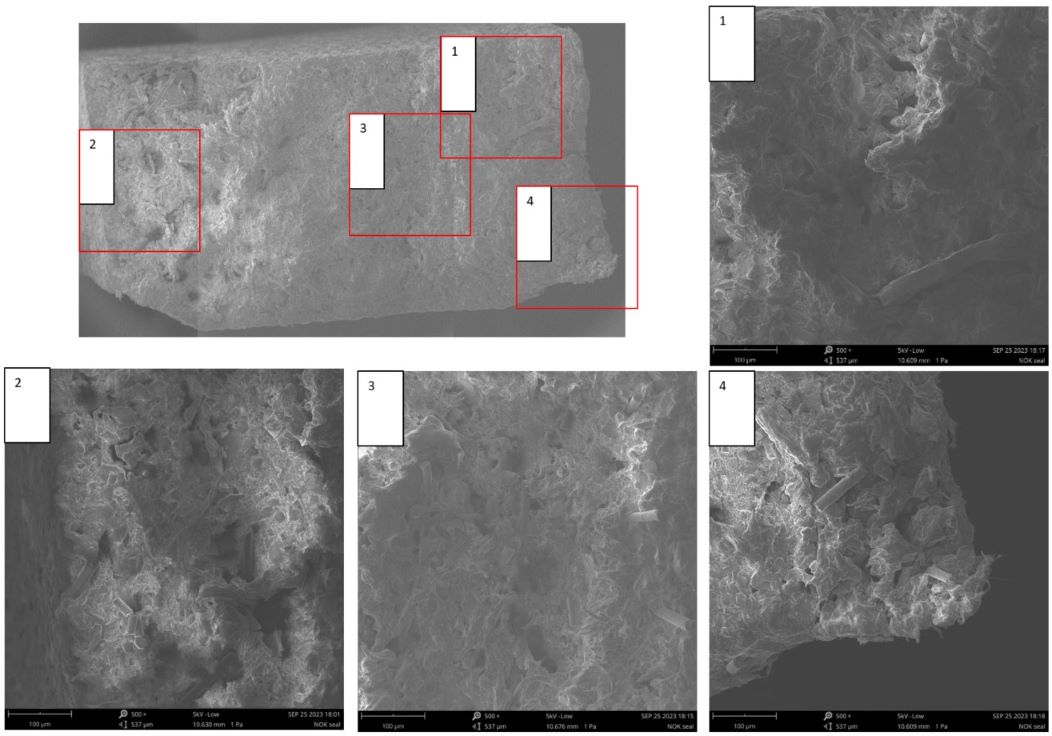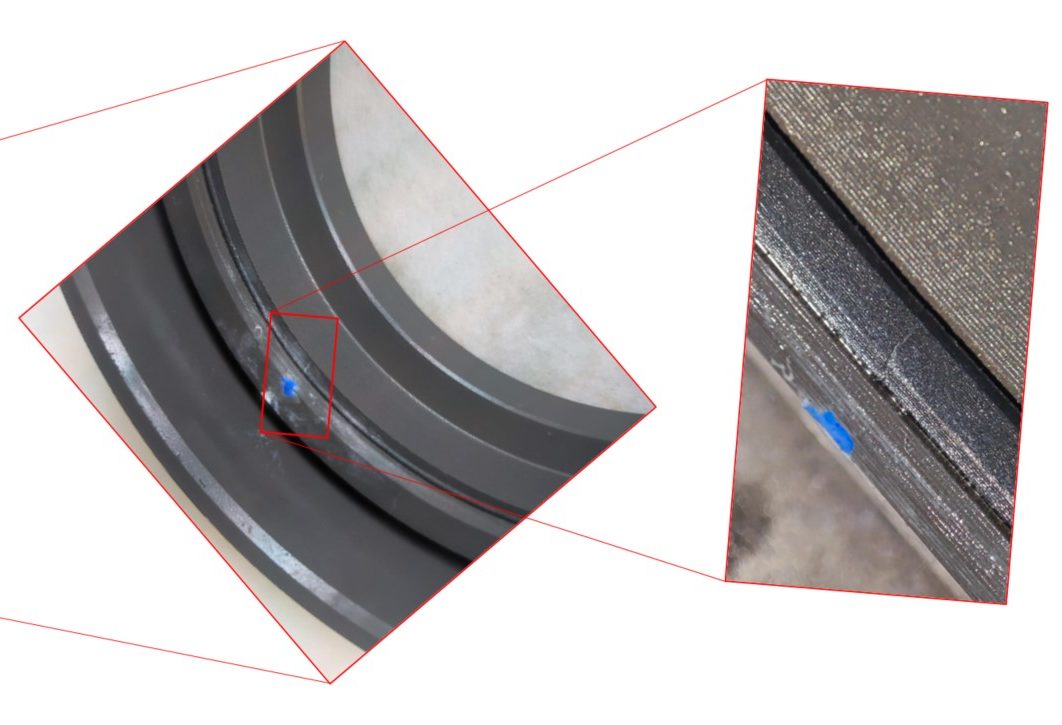What was the challenge or problem to solve?
In the field of materials engineering, facing unexpected failures during quality control tests is a situation that tests the analytical capabilities of any professional team. Recently, at INFINITIA, we encountered the challenge of discovering the cause of failure of a part during these tests conducted by one of our clients. The problem focused on understanding why the part did not meet the expected standards, which required an in-depth investigation into the material properties and the circumstances of the fracture.

The defective part showed anomalies during a routine quality control check, which led to questioning both the consistency of the material used and the manufacturing process. The objective of this project was not only to identify the specific cause of the failure but also to implement measures to prevent similar future incidents. The Forensic Engineering team at INFINITIA undertook the task of thoroughly analyzing both the material and the fracture initiation to offer concrete solutions and improvements in the production processes.

The study to resolve this problem focused on the material composition and fracture morphology. The first step was to compare the material of the failed part with a reference sample. Specialized methods were employed for this analysis to detect differences in the material composition that could explain the observed failure.
Subsequently, the team conducted a fractographic analysis using a scanning electron microscope. This equipment allowed for a high-resolution examination of the fracture initiation and propagation mode, providing a detailed and clear view of the surface and subsurface irregularities that might have contributed to the failure.
The results obtained were crucial for understanding how and why the fracture occurred. This information helped to identify the cause of the failure in the quality test and to take corrective measures on the assembly line to prevent defective parts from reaching the market.

